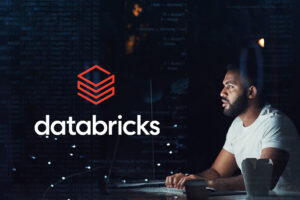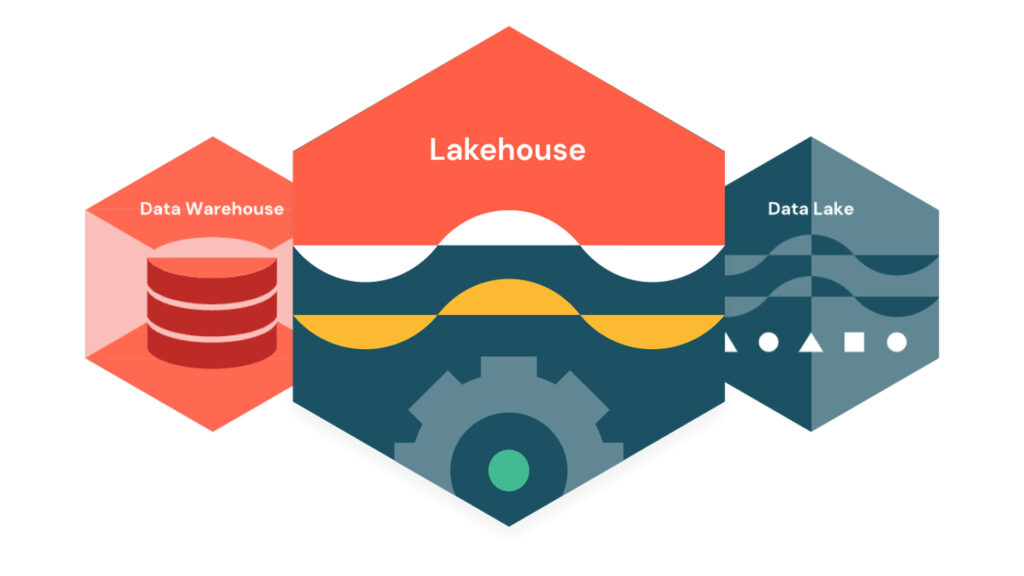
Recent News: DNAMIC announced Number 1 of the Top Costa Rica Custom Software Developers by Clutch.co – Learn More Details
Recent News: DNAMIC announced Number 1 of the Top Costa Rica Custom Software Developers by Clutch.co – Learn More Details
In the numbers:
2,7 times
2,7 times faster than Snowflake in TPC-DS benchmarks for data loading
417% ROI
Organizations using Databricks achieved a 417% ROI over three years.
$3 billion ARR
Databricks reached a $3 billion Annual Recurrent Revenue in 2024, a 60% increase from $1.9 billion in 2023.
Companies like Snowflake reinterpreted cloud data storage and management when businesses began to migrate from conventional in-house data warehouses. This change set off a creative wave that resulted in the emergence of fresh solutions branding themselves as “data platforms,” each offering increased scalability, intelligence in data management, and flexibility.
Managing security, compliance, and business continuity comes first; then, as CTOs and CIOs, you are charged with making sure the data infrastructure of your company is scalable, affordable, and artificial intelligence ready.
This is where Databricks comes in.
In this blog, we guide you through Databricks, explain why it matters, and how it can transform your business.
Databricks is a unified data platform that combines the power of data lakes and data warehouses to provide a scalable, secure, and AI-optimized environment for enterprise data management. Designed on Apache Spark, it provides a flawless data experience by integrating Delta Lake with MLflow.
Consider Databricks as a single all-in-one solution for:

Businesses had to decide for years between:
Databricks removes this trade-off y means of the Data Lakehouse; a hybrid approach that offers the flexibility of data lakes with the governance and performance of data warehouses.
Databricks is built on Apache Spark, a potent open-source engine processing data 100x faster than conventional big data systems.
Some of the key technical features that make Databricks a powerful choice for enterprise data management are:
Business Impact: Faster analytics and reduced processing costs for complex data workloads. Databricks SQL has demonstrated speeds 2.7 times faster than Snowflake in TPC-DS benchmarks for data loading, query processing, and maintenance tasks.
Delta Lake is one of Databricks’ most useful tools since it improves conventional data lakes with:
Business Impact: Eliminates data silos and enhances governance to guarantee consistent data for making decisions in businesses. Delta Lake is best for real-time analytics and compliance needs since it handles historical as well as streaming data.
For organizations investing in AI/ML, Databricks integrates MLflow, a powerful tool for:
Business Impact: Provides scalable machine learning techniques and speeds AI deployment. Using Databricks, companies such as Workday have trained homegrown large language models (LLMs) for job description creation, therefore preserving security compliance and avoiding outside vendor costs.
The issue for technical executives is turning data into business value rather than only handling it. Databricks offers:
At DNAMIC, we specialize in data-driven transformation helping organizations:

By best supporting AI-driven analytics, affordable scaling, and real-time decision-making, databricks changes the corporate scene. Platforms like Databricks are vital for effectively processing and analyzing such enormous volumes given global data output expected to surpass 463 exabytes daily by 2025.
For CTOs and CIOs trying to maximize their data investments, the Databricks Lakehouse presents the perfect mix of power, adaptability, and control. Working with DNAMIC, you can easily include Databricks into your data plan and get new levels of business intelligence.
Contact DNAMIC today to explore how Databricks can accelerate your digital transformation.

Healthcare
Bioinformatics
Genomics
Pharmaceuticals
Biotechnology
Medical Devices
Health Informatics
HealthTech
DNAMIC | Databricks Data Solutions is a premier data services and technology company dedicated to transforming the healthcare and life sciences industries through data-driven AI solutions.

Healthcare
Bioinformatics
Genomics
Pharmaceuticals
Biotechnology
Medical Devices
Health
DNAMIC | Databricks Data Solutions is a premier data services and technology company dedicated to transforming the healthcare and life sciences industries through data-driven AI solutions.
San Diego, California, United States
This will close in 0 seconds
This will close in 0 seconds
This will close in 0 seconds
This will close in 0 seconds